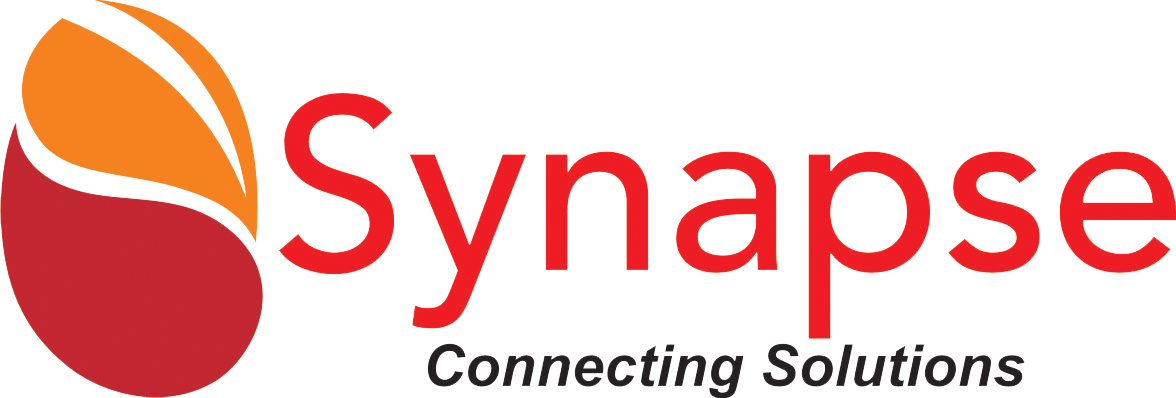Smart data and blockchain
With evolving technologies, new types of ecosystems will develop to keep our Digital and Real-world in sync
By Neuron
Blockchain technology provides an immutable, digital audit trail of transactions, and can be used to verify the integrity of data at low price points. It enables entities to agree, on a global scale, about the true state of affairs within a market without relying on an intermediary.
This audit trail is achieved through a clever combination of incentives and cryptography and ensures that at any point in time, digital records reflect the real “consensus” among the key stakeholders involved. It removes the necessity for a central authority to verify and maintain the records of transactions and nullifies the need for trust between players when sharing digital records.
However, there are situations where reliance on smart data is needed for Blockchain to play a role in the last mile of the solution.
Consider a simple problem of tracking medicines in a pharmaceutical plant. The inability of tracking what medicine came from which batch can be a significant gap in an audit trail. To link entry on the Blockchain to the original batch a digital tag is needed on the batch and medication. However, this becomes a complex issue when tracking livestock. At that point, we may be considering using a physical tag on the livestock. Blockchain provides a reliable way of creating permanent and verifiable records, but it lacks the process to ensure connectivity between real-world and digital world entities are permanent and verifiable in all cases.
At the intersection between Real and Digital worlds, data along with human intervention plays a key role. Smart data allows for solving some parts of last-mile issue as seen in Blockchain scenarios.
As illustrated by “David Siegel – CEO of the Pillar project” It follows six principles of:
- Interoperability: It allows identity to be available to all systems in the format they understand.
- Authenticity: Established authoritative sources of data allows for a common place for all users to look for when referring to data.
- Universal Name Space: This can help ensure there is a global identifier for people irrespective of where they come from. We already do this today in an object-world with an SKU number.
- Subscription: Information held in an identity changes as products move across ports in a shipment process. Ensuring global identifiers and data source being common, allows for constant update of information based on status changes.
- Least Privilege: A contract should provide a minimum amount of information as needed by a transaction. It allows for the security of information and keeps constant controls on information overload.
- Granularity: The more granular information we have, the better it is. Small parts of information make it easier to manage and categorize datasets depending on the use cases. Personal and object-based data have different rules.
While the Blockchain technology is early-stage, It holds the potential to reshape ownership over digital data fundamentally, and the digital platforms we use every day. With evolving technologies, new types of ecosystems and global processes will develop to keep our Digital and Real-world in sync. These are the areas where opportunities and challenges lie.
